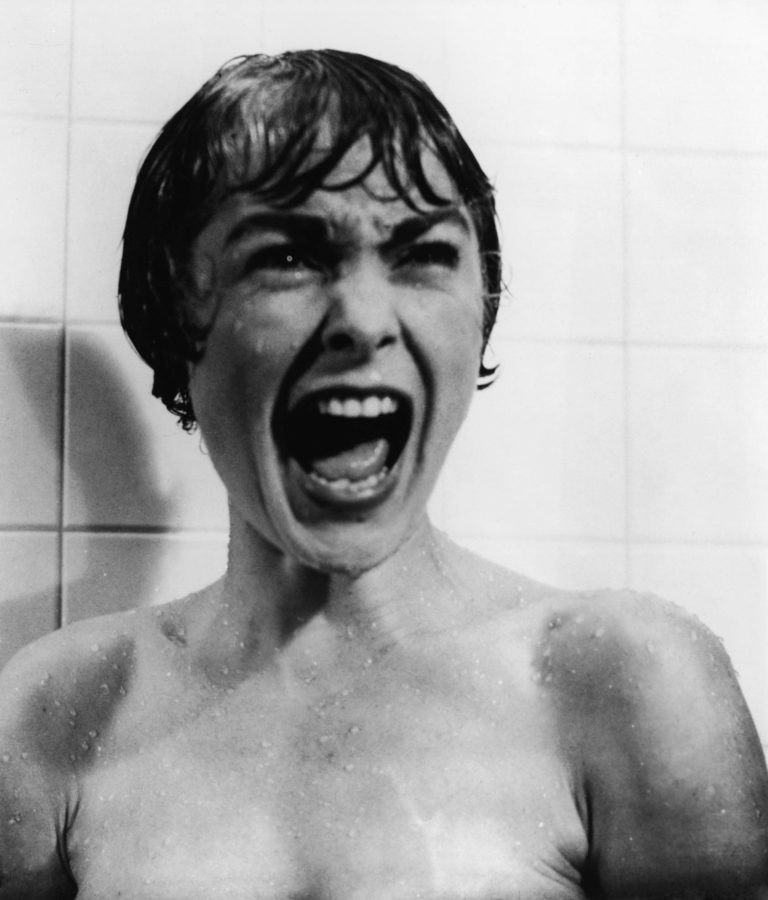Horror films have terrified, entertained and left moviegoers frozen in fear for decades. Many of these films have a long and rich history. With each decade, horror films adapt to changes in technology, coming up with new and creative ideas to scare audiences.
1900s-1920s
Most of the horror films from the early 1900s borrowed from gothic horror literature produced in the 1700s. During the 1922 silent film era, German expressionists produced “Nosferatu,” one of the first gothic vampire films and based on Bram Stroker’s “Dracula.” This cinema style emphasized expression over depictions of reality.
Paramount and MGM lent the collapsing German film industry $4 million in exchange for collaboration rights to UFA studios. This left a lasting impression on future Hollywood films, effectively bringing German expressionism to the U.S. and the contributions of German immigrants.
1930s-1940s
It wasn’t until the sound era that horror films began to take off. Universal Studio’s first success came in 1931 with “Dracula,” starring Bella Lugosi. After “Dracula,” Universal released a series of horror films, including 1931’s “Frankenstein,” starring Boris Karloff.
1960s
Alfred Hitchcock, the master of suspense, made his mark with the psychological horror genre. Hitchcock essentially brought the horror genre back to life. “Psycho,” released in 1960, proved horror was more than a B-movie genre. The film dove into the twisted psyche of the young owner of the Bates Motel, Norman Bates. One of the most iconic scenes in the film happens when the young female character, Marion, is murdered in the shower. Since the film was shot in black and white, the blood in the scene was chocolate syrup, which shows up better in black and white film.
Hitchcock soon followed with “The Birds,” starring Tippi Hedren in 1963. Hitchcock essentially turned the horror genre into an art form. His contribution is heavily remembered today.
1970s
This era’s focus shifted to the supernatural. Released in 1968, “Rosemary’s Baby” dealt with a young mother who fears her unborn child not being of this world.
Throughout the decade, themes of the occult and religious remained prevalent, most notably in 1973’s “The Exorcist.” It became the most profitable horror film, grossing over $204 million in the box office. It tells the story of a mother who seeks the help of two priests when her daughter is possessed by a mysterious entity. It also became the first horror film to be nominated for best picture at the Academy Awards.
“The Shining,” one of Stanley Kubrick’s best examples of psychological horror, followed. Released in 1980, the film is about a family that heads to an isolated hotel and becomes haunted by evil and spiritual presences. The film was not wildly popular at the time, even earning Kubrick a Razzie nomination for worst director.
Shelley Duvall, who played the role of Wendy Torrance, was put through utter hell on set, as seen from behind the scenes footage. Kubrick treated her differently than other actors, going as far as to say she was wasting the time of everyone on set. She suffered hair loss and nervous exhaustion from the experience. But despite her struggles, critics now consider the film as a must-watch for students of horror.
1980s
The 1980s brought the sub-genre of slasher flicks, films in which people run from masked serial killers with knives. The most successful film of the genre was “Halloween,” released in 1978. It told the story of Michael Myers who escapes from a mental hospital and returns to Haddonfield to kill again. Due to the film’s low budget, the prop department bought the cheapest mask they could find for Michael Myers; a William Shatner mask. They spray painted the face white, teased the hair and reshaped the face holes.
The next iconic slasher film was 1984’s “A Nightmare on Elm Street.” It recounted the story about a serial killer who kills his victims in their dreams with his hellish blade-fixed gloves. It took approximately three hours to get Robert Englund into his Freddy Krueger makeup for the production.
2000s
In recent years, found footage has become popular. “The Blair Witch Project” kick started the phenomena in 1999, in which three film students mysteriously disappear after attempts to film a documentary on the local Blair Witch legend.
The found-footage genre appeals to producers because of its low cost techniques that makes the film look amateur. The film is meant to be presented as “discovered” film recordings.
In 2007 “Paranormal Activity” told the story of a suburban couple who are disturbed by a nightly demonic presence. During filming, actors were given guidelines instead of scripts on how to behave or what to talk about in the scenes.
“Don’t Breathe,” released in August of this year, details a trio of young thieves who break into the home of a sickly man who turns out to not be as helpless as he looks.
“Ouija: Board of Evil” tells the story of a mother and her two daughters who unwittingly invite evil into their home after adding a stunt to bolster their séances scam business.
Horror is a genre that has expanded and changed throughout the years. There’s no specific reason why we love to get scared, but this Halloween invite your friends over, sit down on the couch and enjoy some horror flicks.


